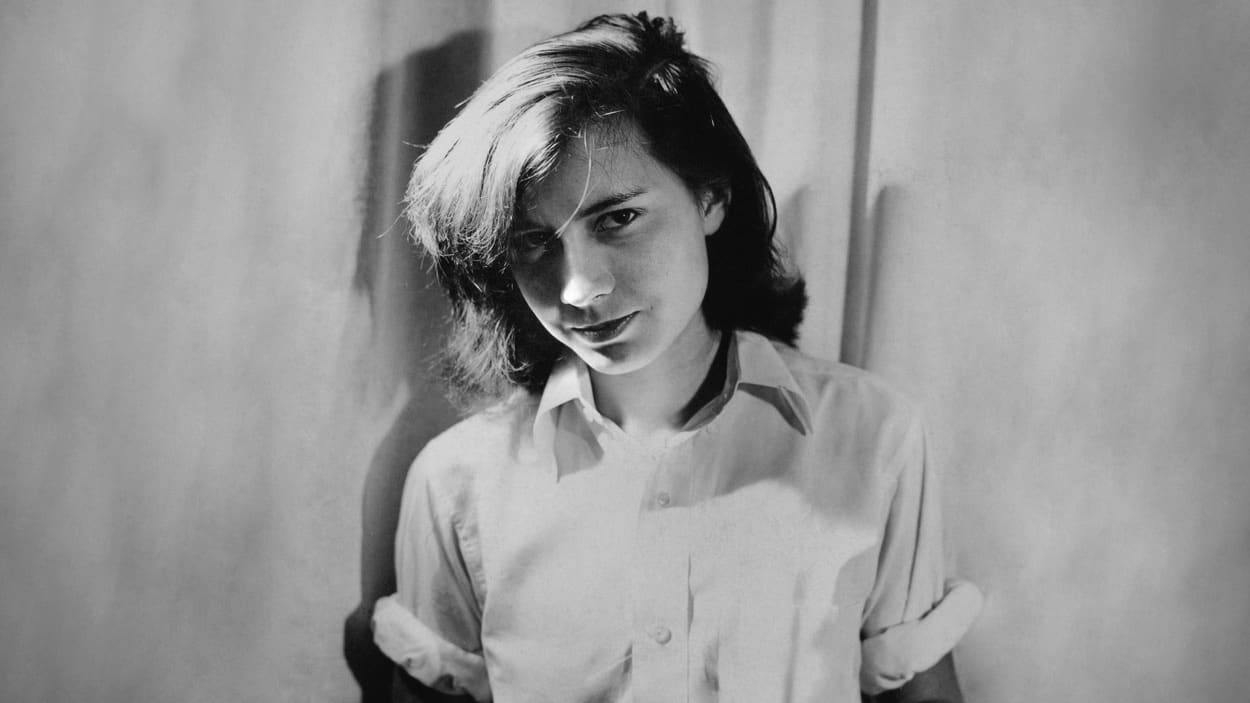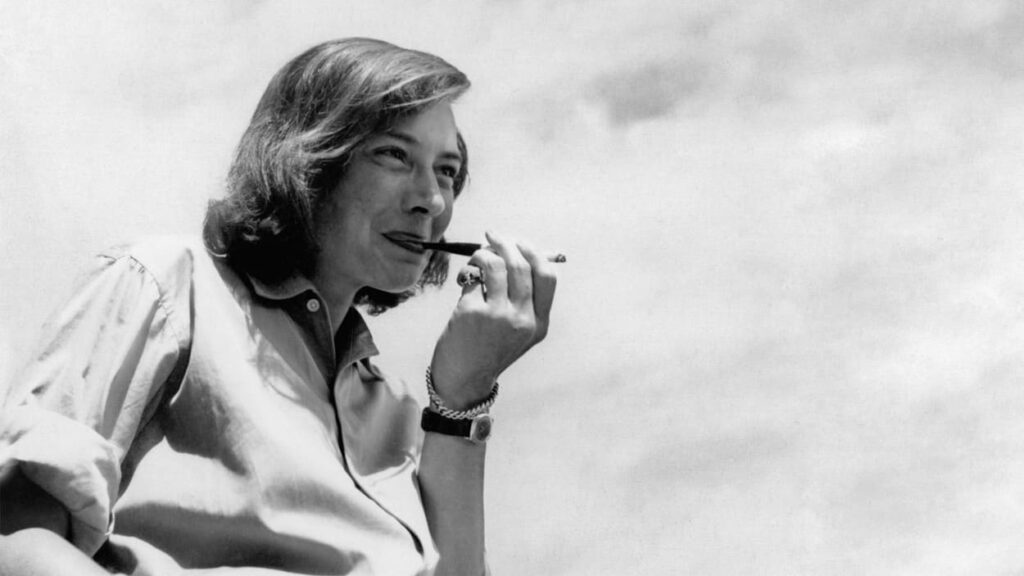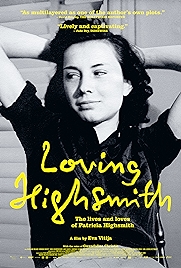Delicately ambiguous as a title, Loving Highsmith also turns out to be a clever way of signalling the approach of its director, Eva Vitija, to its subject matter. It is both fan letter to the writer of classics such as Strangers on a Train (she really loves her Highsmith), and an attempt to delve into the love life of the author herself – what Highsmith was like to love.
Highsmith’s dates are 1921 to 1995 but you’ll struggle to get that information out of this documentary. It isn’t full of details of that sort, and there isn’t particularly a timeline that can clearly be followed. Watch it with the Wikipedia page to one side if that’s what you need.
It’s more an emotional report on Highsmith at various stages of her life, as she hooked up with various women and embarked on the sort of abandoned giddy romances her story Carol detailed so brilliantly. Written in 1952, Carol (aka The Price of Salt) and later made into a film starring Cate Blanchett and Rooney Mara, was written under the pseudonym Claire Morgan. It is famously the lesbian novel with the happy ending, written by a woman who wanted things that way in real life too, but struggled to shake off her mother’s disapproval of her sexuality. “Why don’t you straighten up and fly right? Are you a lez? You’re beginning to make noises like one,” Highsmith’s diary records her mother’s disapproval as her daughter developed into a teenager uninterested in boys. Though she tried. Kissing a man, she told her diary, was like “falling into a bucket of oysters.” “Sexual intercourse to me is like steel wool in the face”.
Highsmith’s mother was a “bitch”, according to the film’s star interviewee, Marijane Meaker, who lived together with Highsmith in Pennsylvania (I think, though we don’t learn exactly when or for how long). If Highsmith’s task in life was to shake herself free of the mother who never loved her but whose approval she always craved, then she mostly failed, emotionally at least. Legally, she succeeded, eventually “divorcing” her mother as an adult. Highsmith’s living Texas relatives relate how the daughter and the mother would never be in the same room together. In fact it’s so outlandish an idea that it makes members of Highsmith’s Texas family, Courtney, Judy and Dan, laugh and shake their heads at the very idea.
Vitija has good access and people who once might not have talked seem happy to do so now. Courtney, Judy and Dan are voluble and chatty. So are the lovers. In Germany Tabea Blumenschein recalls with glee taking Highsmith to the transvestite bars in Berlin where David Bowie went. In France Monique Buffet visits the house in Northern France where Highsmith lived happily until something (tax problems, it’s suggested) drove her to Switzerland, where she lived her final years alone, ill and descending into dark rages against “Jews, Arabs and Blacks”.
Vitija has good access and people who once might not have talked seem happy to do so now. Courtney, Judy and Dan are voluble and chatty. So are the lovers. In Germany Tabea Blumenschein recalls with glee taking Highsmith to the transvestite bars in Berlin where David Bowie went. In France Monique Buffet visits the house in Northern France where Highsmith lived happily until something (tax problems, it’s suggested) drove her to Switzerland, where she lived her final years alone, ill and descending into dark rages against “Jews, Arabs and Blacks”.
Vitija’s detective work fails to track down the mysterious English lover, “Caroline”, Highsmith decamped to England for, and who loomed large in her life, though not in this telling of it.
Tom Ripley also looms large, the “star” of The Talented Mr Ripley, The American Friend and many another Highsmith book, her own alter ego in many respects. There is plentiful use of film clips – Strangers on a Train, The American Friend, The Talented Mr Ripley and Carol all take a bow – and plenty of archive footage of Highsmith being interviewed. She hated it, though subjected herself to the “indignity” possibly because she was a well brought up woman who just didn’t say no.
It’s an evocative documentary rather than an exhaustive one, and for all the first hand accounts there is a bit of hole where Highsmith should be. Perhaps this is partly down to the ambiguous, ambivalent and guarded nature of Highsmith herself.
Considering how dark the novels can be, it’s a bit of a surprise to learn that Highsmith was a good-looking and spirited young woman who was fun to be with. This documentary reminds us of that “Pat”, before the decades of gin and cigarettes and squinting at people from a dyspeptic angle took their toll and produced the Highsmith of posterity. As the generation who knew her at first hand, in Highsmith’s phrase, take a “step to the left”, it gives us that Highsmith back. Nicely done.
Loving Highsmith – Watch it/buy it at Amazon
I am an Amazon affiliate
© Steve Morrissey 2023


